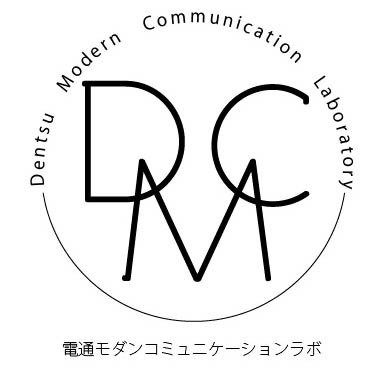A brand is about controlling how you are perceived
As the title suggests, for a company's products or services to shift from "selling" to "selling well," it is necessary to "create a brand."
This book reveals the know-how Mizuno employs, using design as his weapon, to achieve this "brand creation."
So, what exactly does "brand" mean here?
Mizuno defines it as "the control of how you are perceived" (p. 32). He describes the process of building it not as doing something bizarre to shock the world, but rather like stacking stones on a riverbank.
What are these individual stones? They are the company's outputs: the product itself, the packaging design, the advertising, the spatial design of the store. The outputs a company communicates shape the brand. (P.31)
For example, the Apple brand is cited as an example where every aspect of its appearance is cool. Of course, the products themselves are cool, but everything from the Apple Stores in New York and Ginza, to the website, advertising, and even the product packaging is meticulously controlled. This ensures that the brand's "high aesthetic standards" and "commitment to creativity" are effectively communicated to customers.
People who can control how things look...
If this "control over visual presentation" is necessary for "selling," then naturally, "people who can control visual presentation" become essential.
Right now, this type of talent is in extremely high demand in the business world. Specifically, we're talking about someone who can speak directly with a company's top executives and, through that dialogue, take charge of selecting partners for tasks like defining the conceptual direction, designing products, and determining the expression of advertisements.
This falls under the broad domain of creative direction, encompassing visual management and design perspectives while making judgments across all creative aspects.
Since the goal is to build a brand, this creative direction extends beyond advertising expression. It involves "creative direction" in the sense of building strategies grounded in a social perspective, or more accurately, it can be called creative consulting.
And despite the demand for this position, there seems to be a significant shortage of talent.
To be honest, the role of Creative Director in the sense described here—or perhaps we could call it Creative Consultant—is currently quite vacant. My gut feeling is that only about 1% of these positions are filled. This is despite the fact that so many companies, in so many places, need them desperately. (P.40-41)
Mr. Mizuno is a Creative Director and Creative Consultant who fills this position.
Examples of his work include the long-established Nara lifestyle goods brand "Nakagawa Masashichi Shoten" and the dashi brand "Kayanoya" from Fukuoka's Hisamoto Honke.
In these projects, he controls the visual identity across all touchpoints—from brand logos, product tags, paper bags, and company envelopes to cardboard packaging, and even the design of new corporate buildings.
Furthermore, this visual control reportedly boosted employee motivation. Naturally, employees feel proud and find greater fulfillment working for a stylish brand.
What Creative Directors and Creative Consultants Need
To take on this role of visual control, one needs the discernment to judge whether a look is cool (not in a narrow sense of coolness, but in terms of being accepted by society and people). Can someone who isn't a designer like Mr. Mizuno take on this role?
This book offered the following explanation:
Sense is the ability to optimize based on accumulated knowledge. (P.53)
Optimization is possible with knowledge. Knowledge can be gathered through effort. (P.217)
For example, drawing an elephant involves optimizing your own approach based on knowledge of an elephant's characteristics. The more detailed your knowledge of an elephant's features, the more your drawing should change.
In short, sense is acquired by accumulating knowledge through effort. This means even non-designers can take on the responsibility of controlling how things are perceived.
In fact, over the past few years, I myself have seen a significant increase in work in this very field.
The proliferation of the internet and social networks has brought transparency to corporate brands, making superficial "makeup" advertising ineffective.
Advertising has become a form of communication that represents a facet of the brand. To build that brand, it's become necessary to unify the company's personality across all customer touchpoints—from the pre-consideration stage of products or services, through the purchasing experience, to the post-purchase realm.
This is synonymous with what Mr. Mizuno calls "controlling how you're perceived," and it's truly a task akin to "stacking stones on a riverbank."
Mizuno states that there is a shortage of talent in this position.
If so, I believe that as more Creative Directors and Creative Consultants emerge to fill this role, brands everywhere will become much more vibrant.
It's kind of exciting, isn't it?





